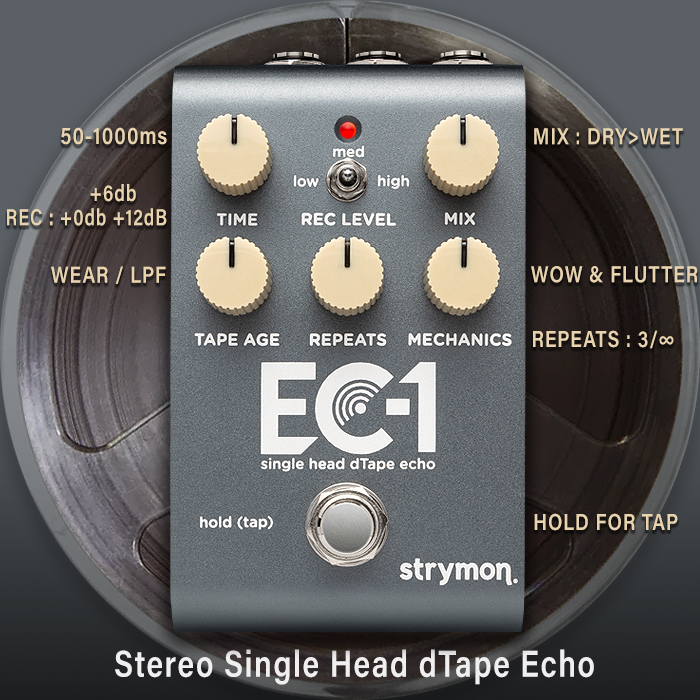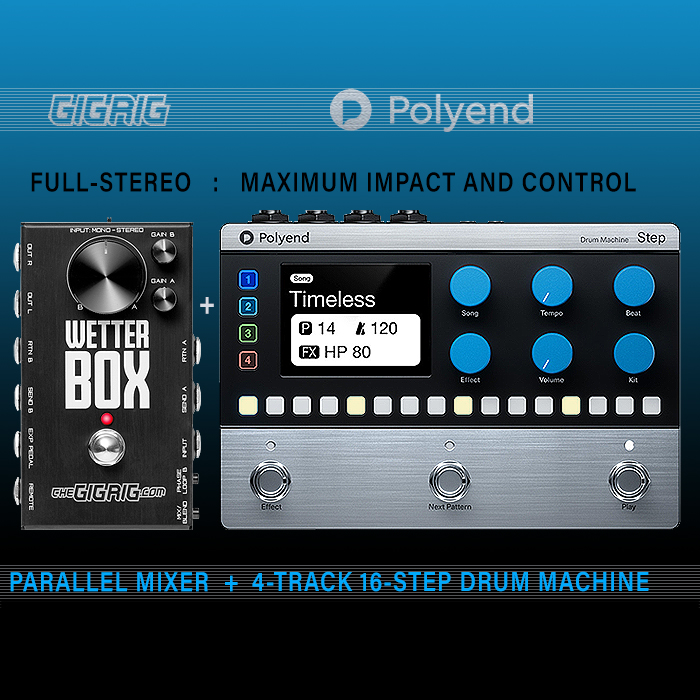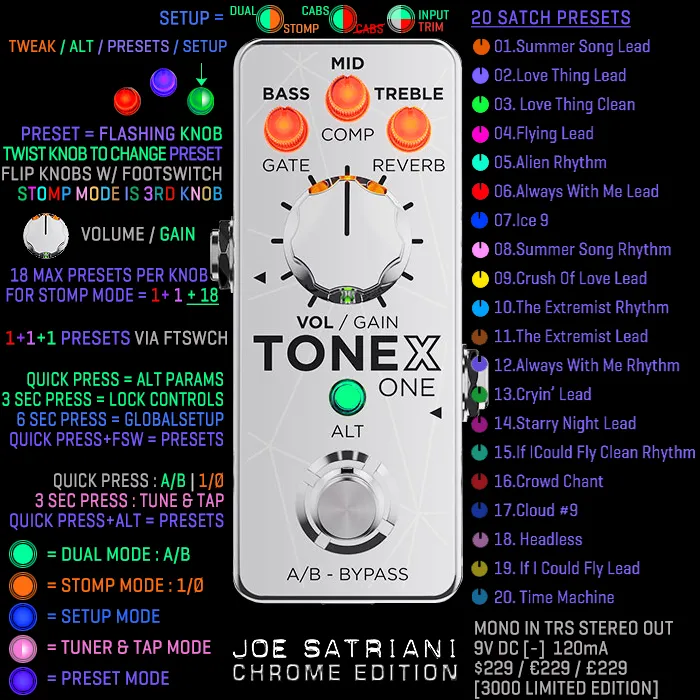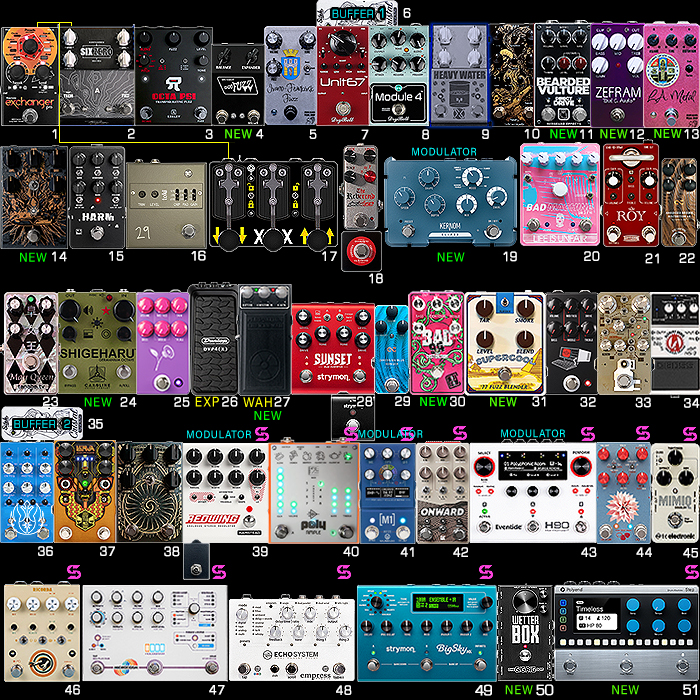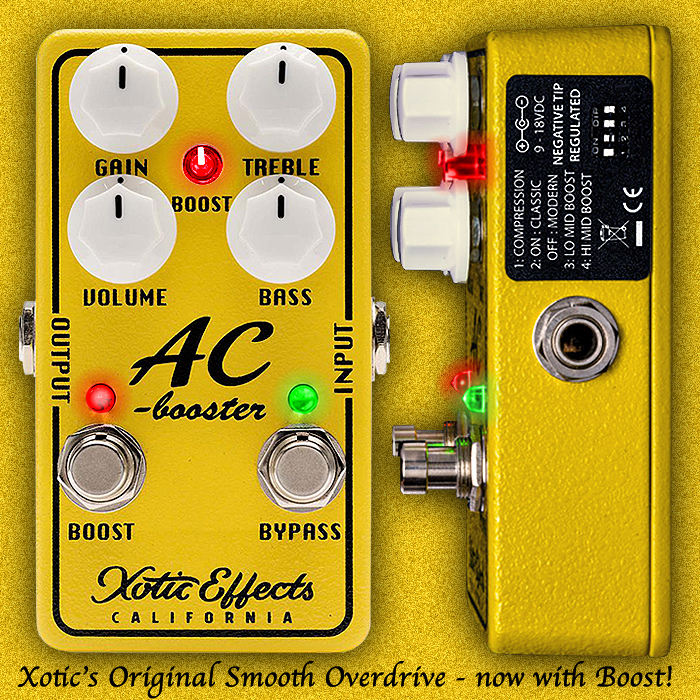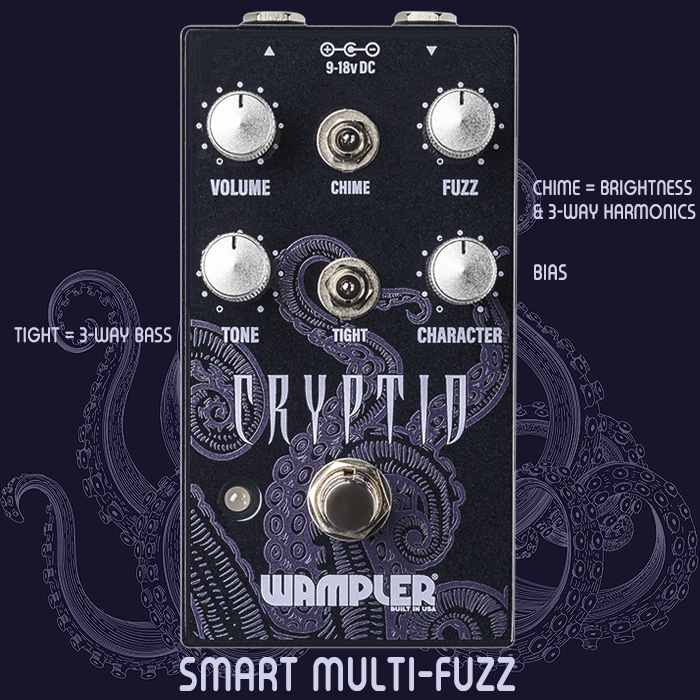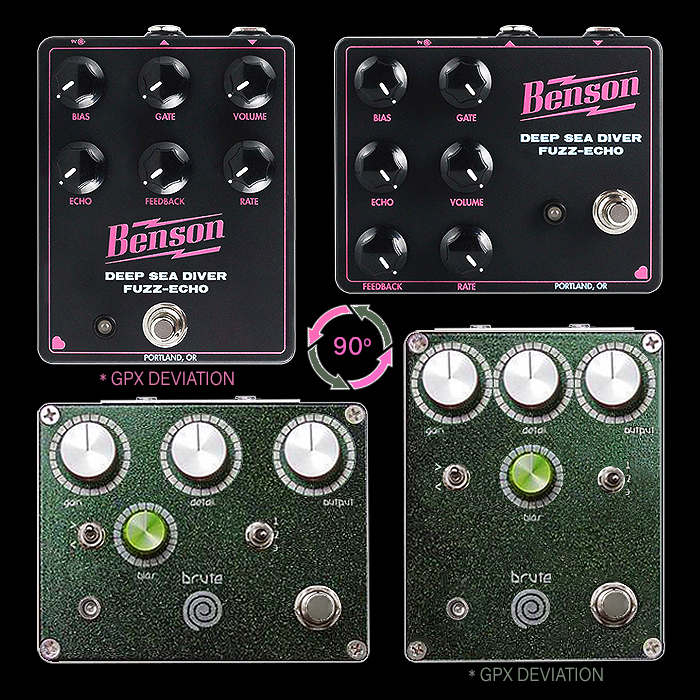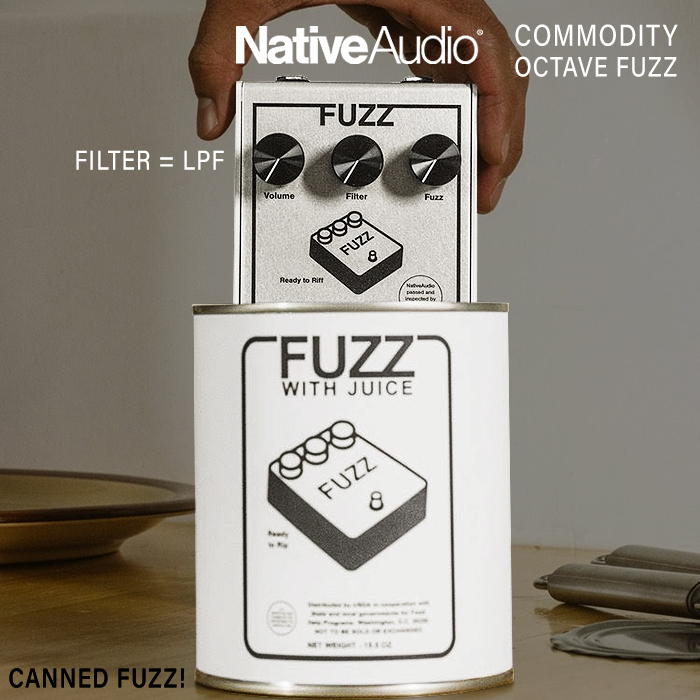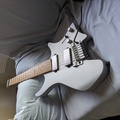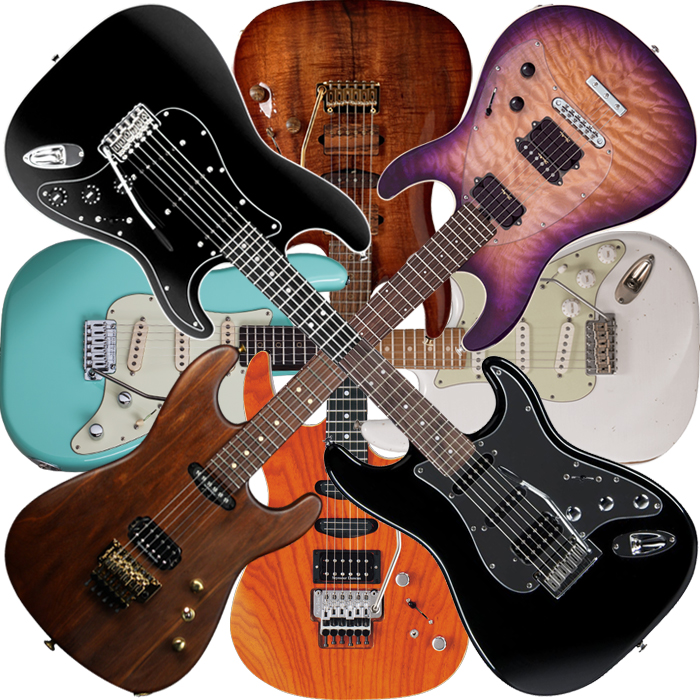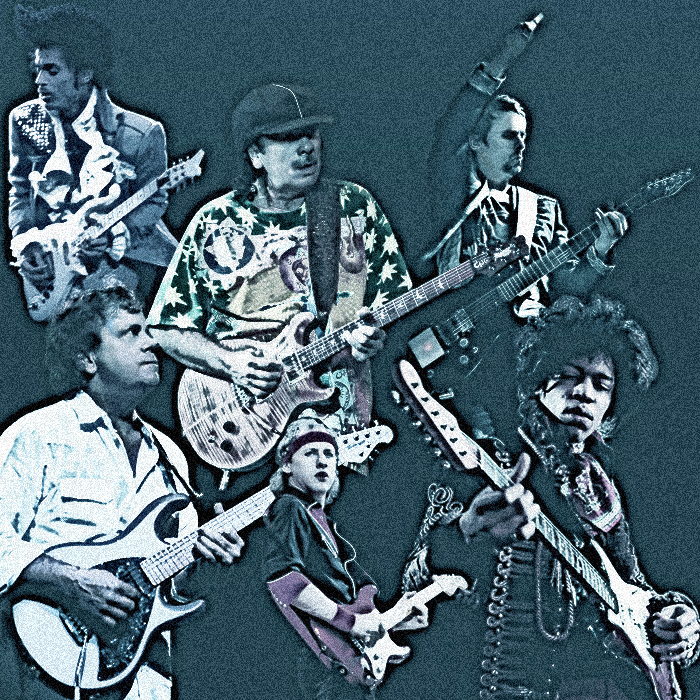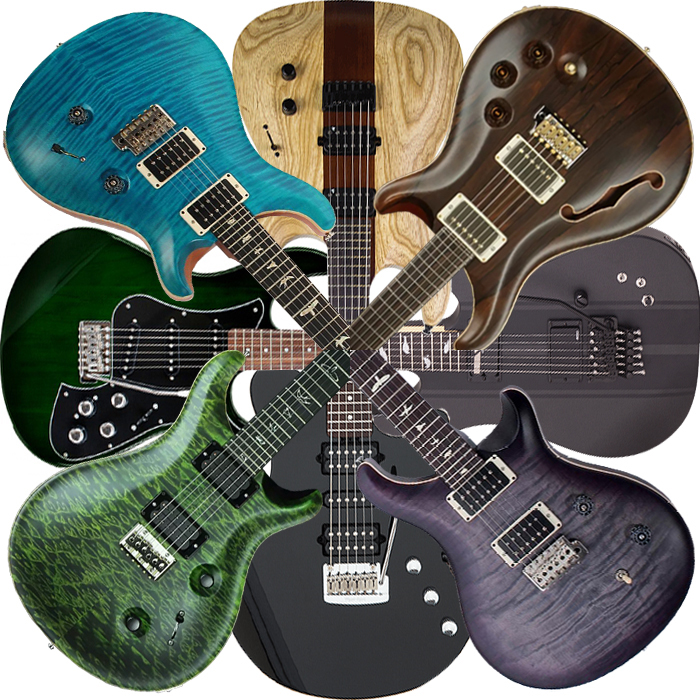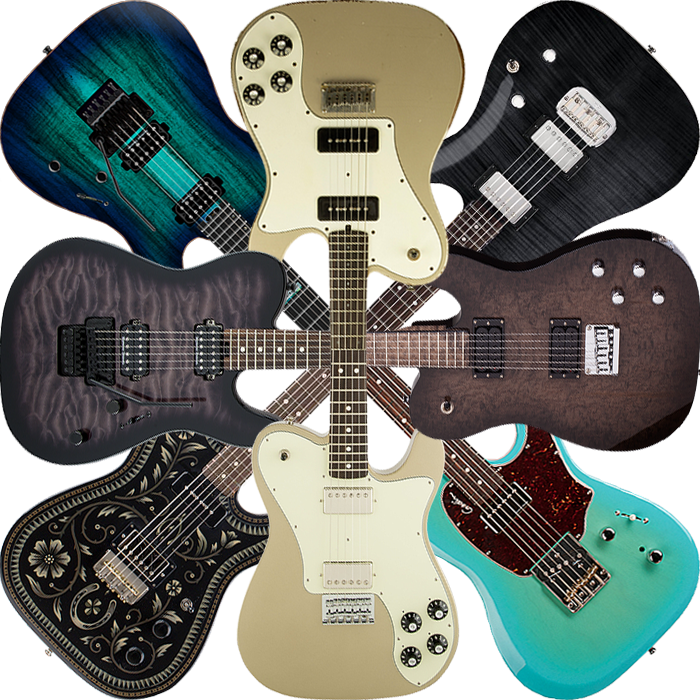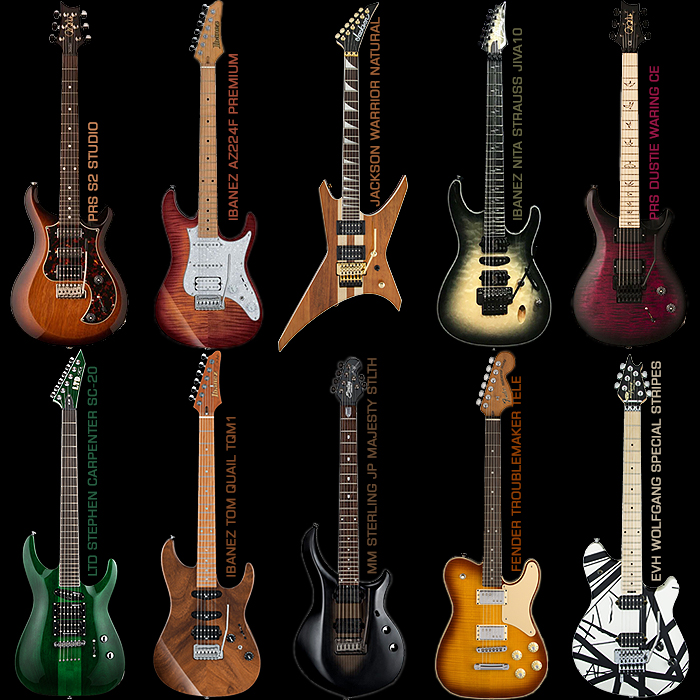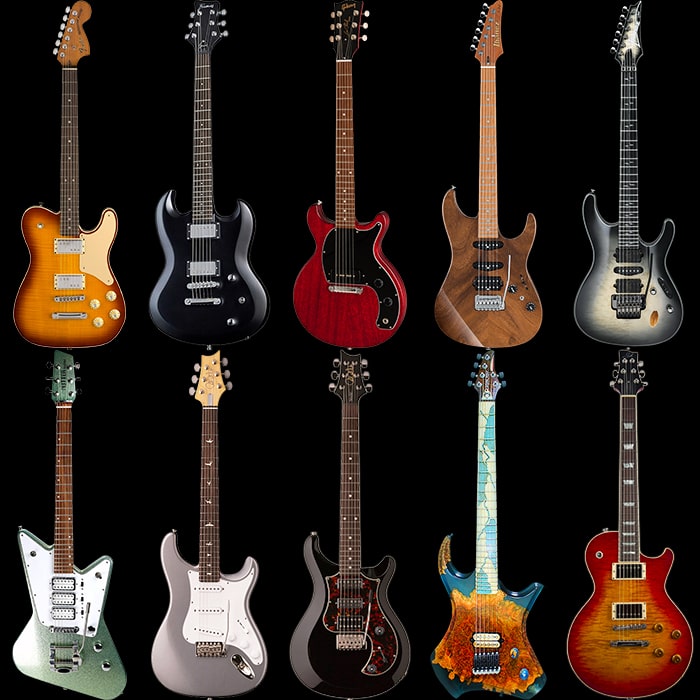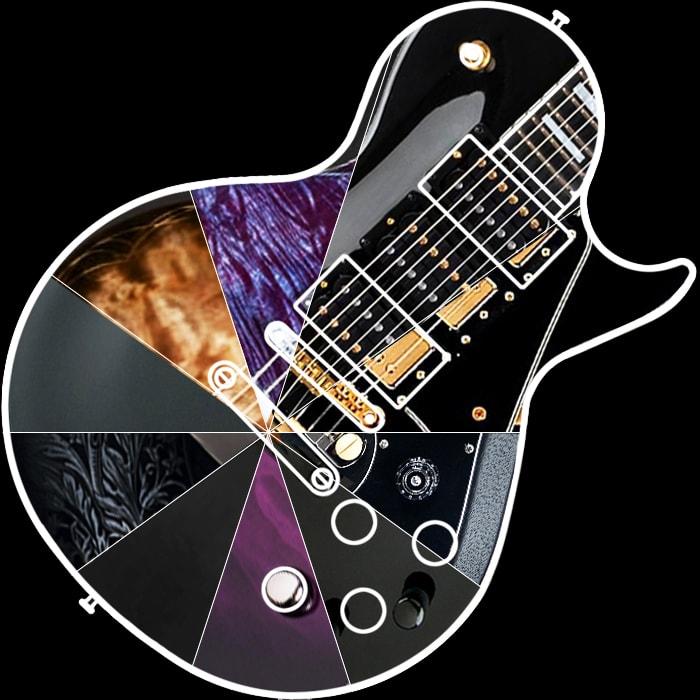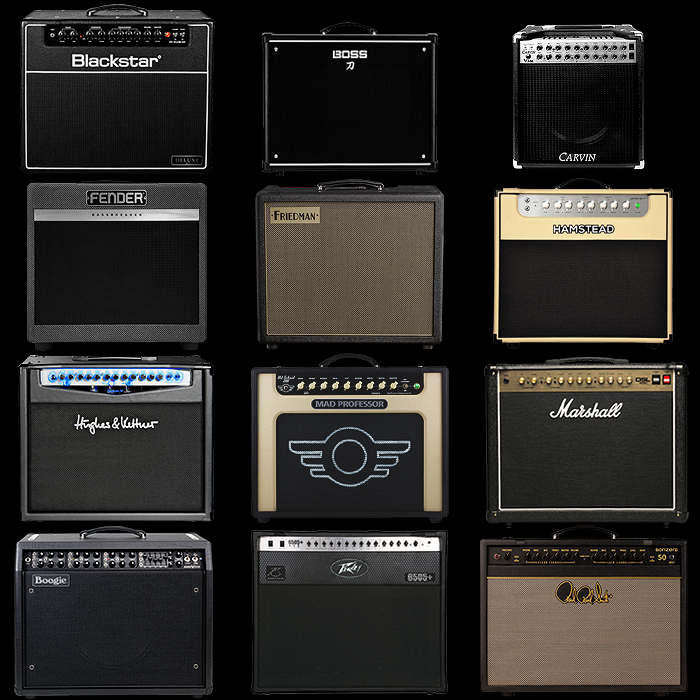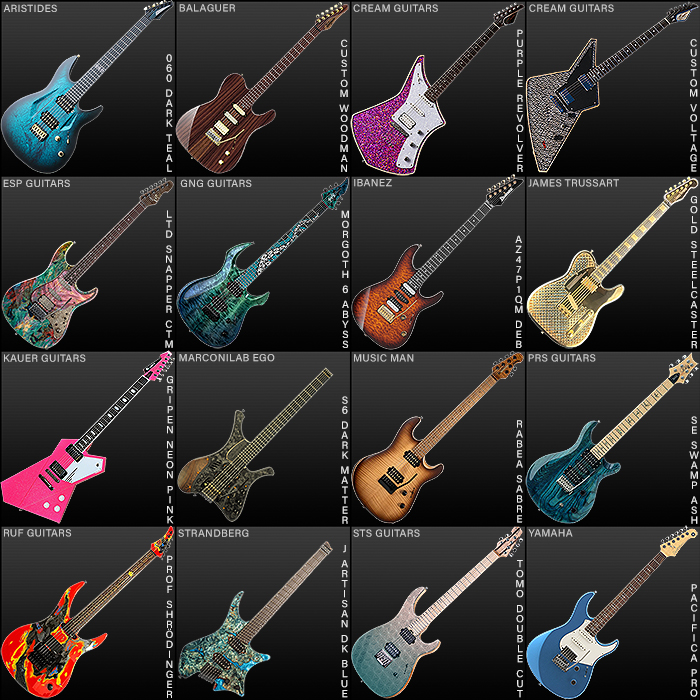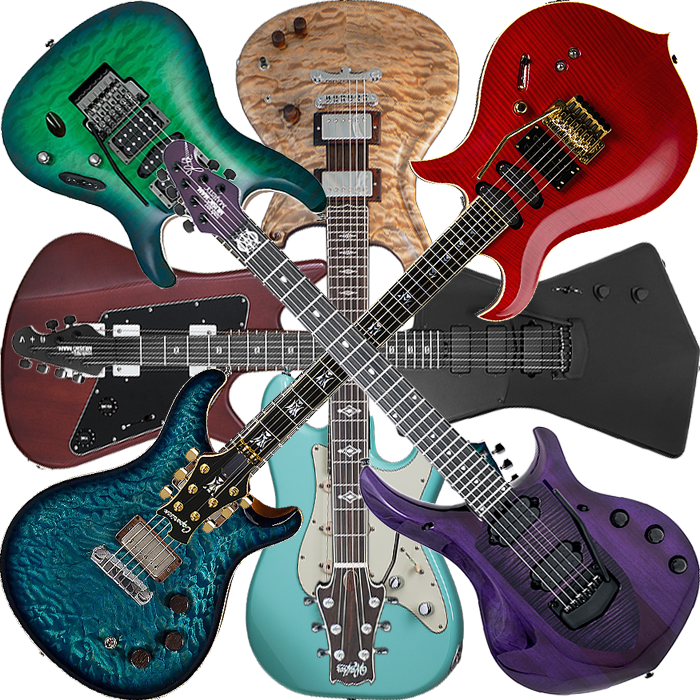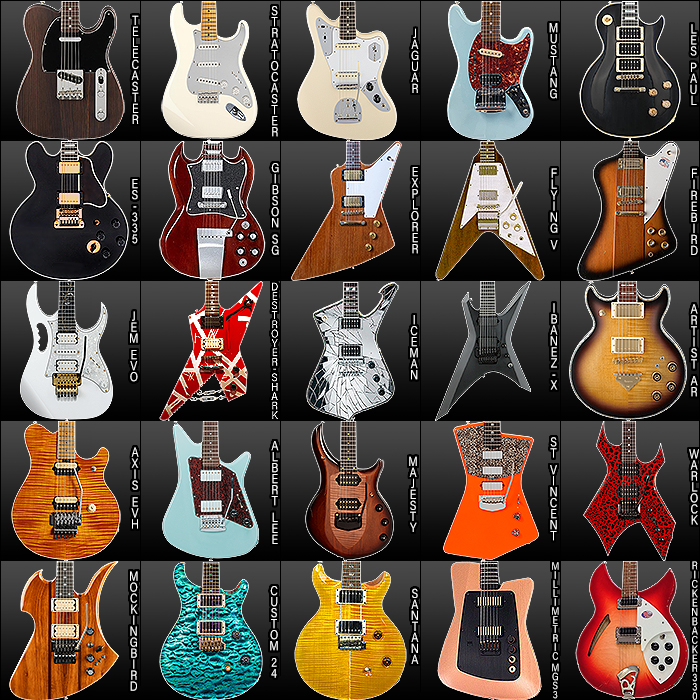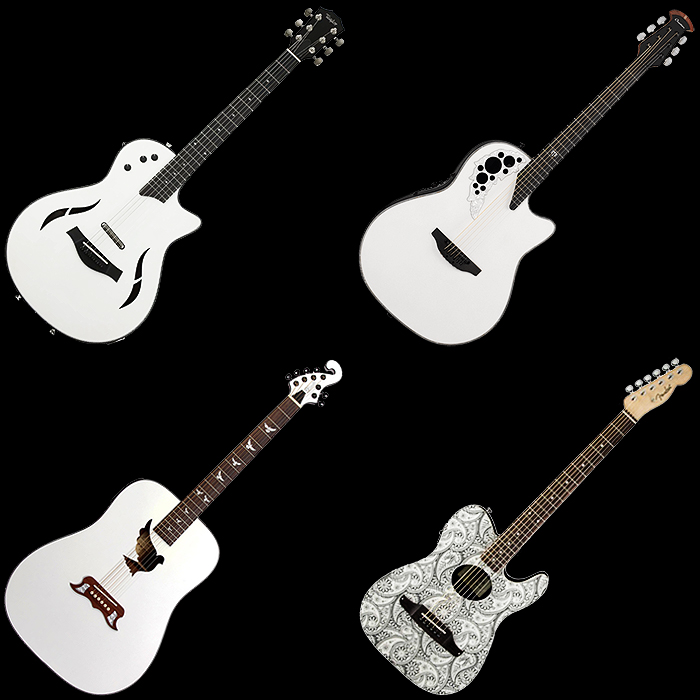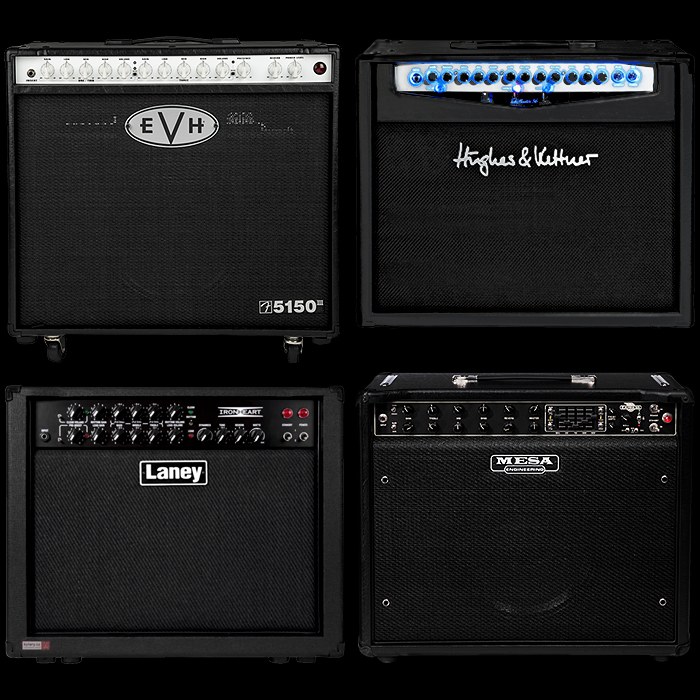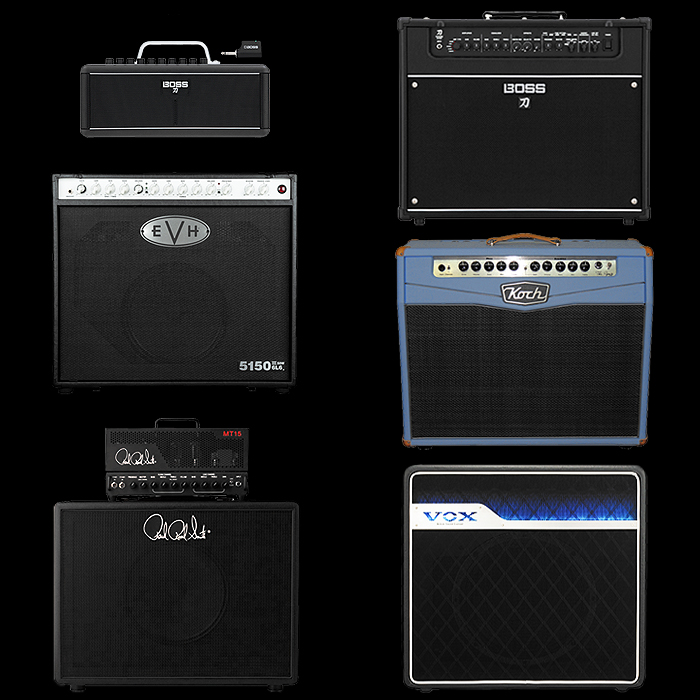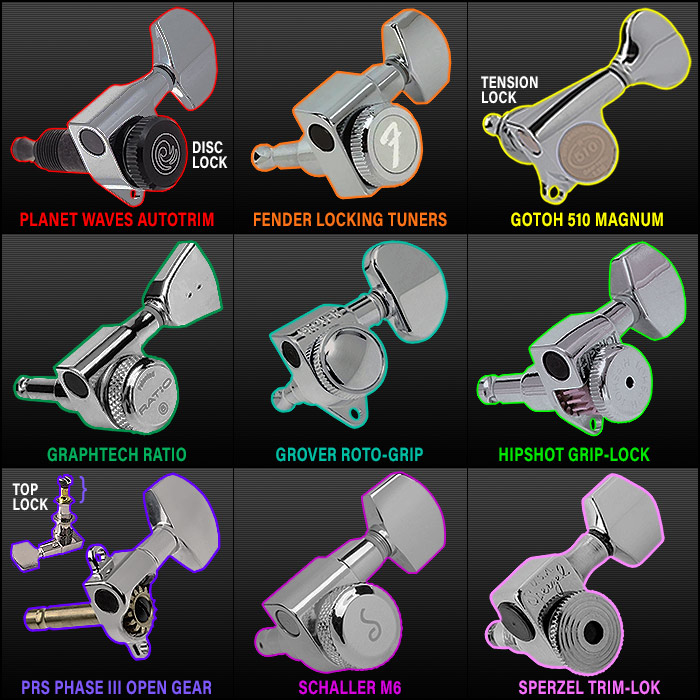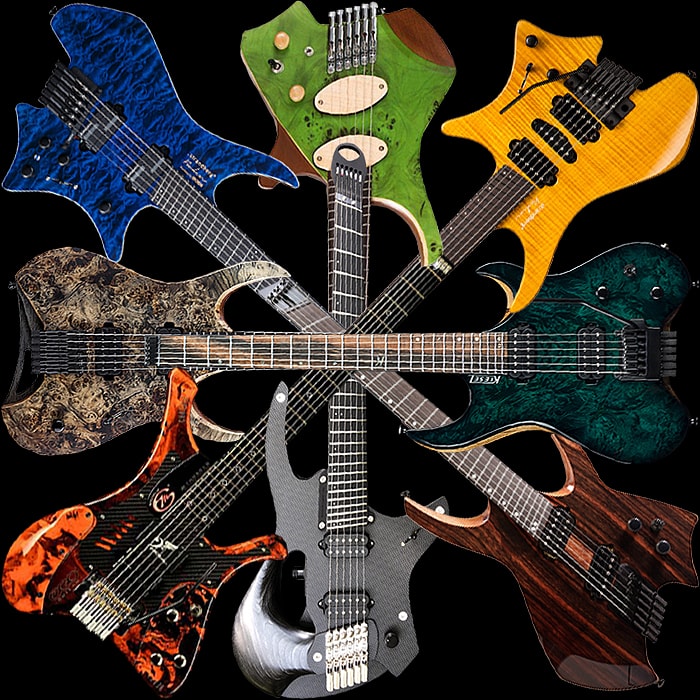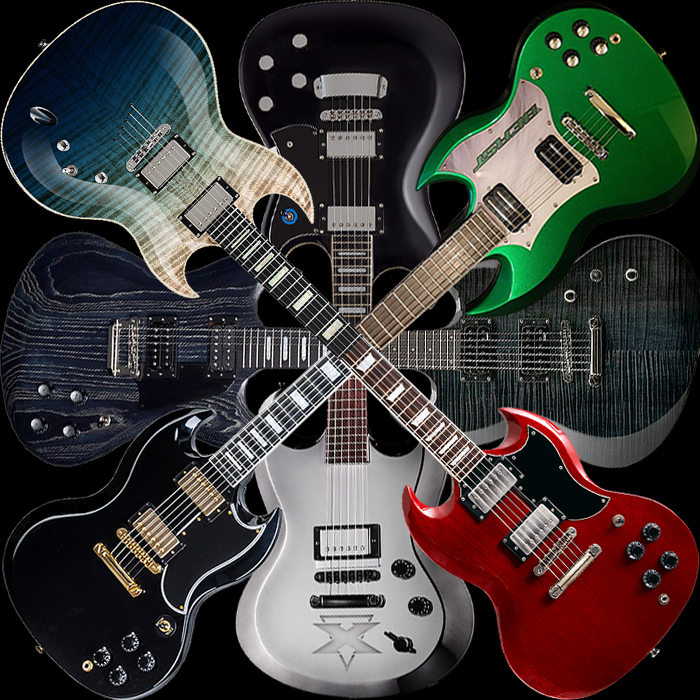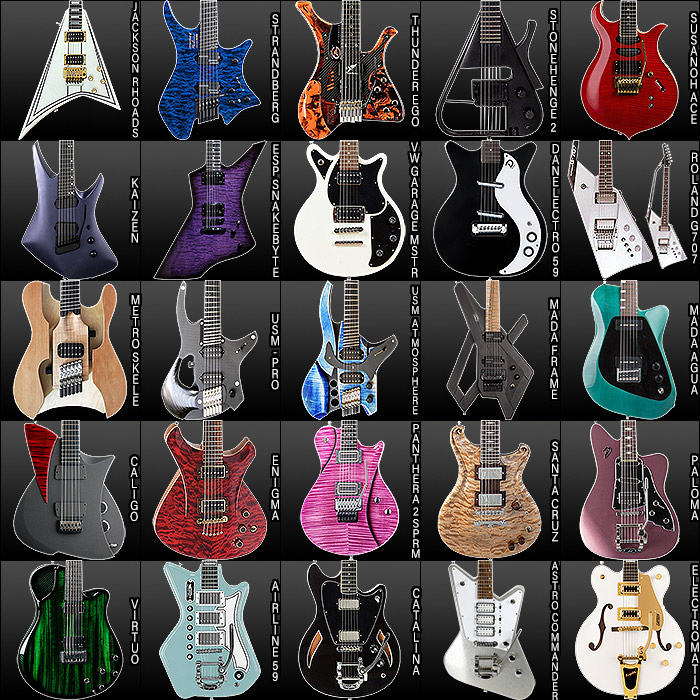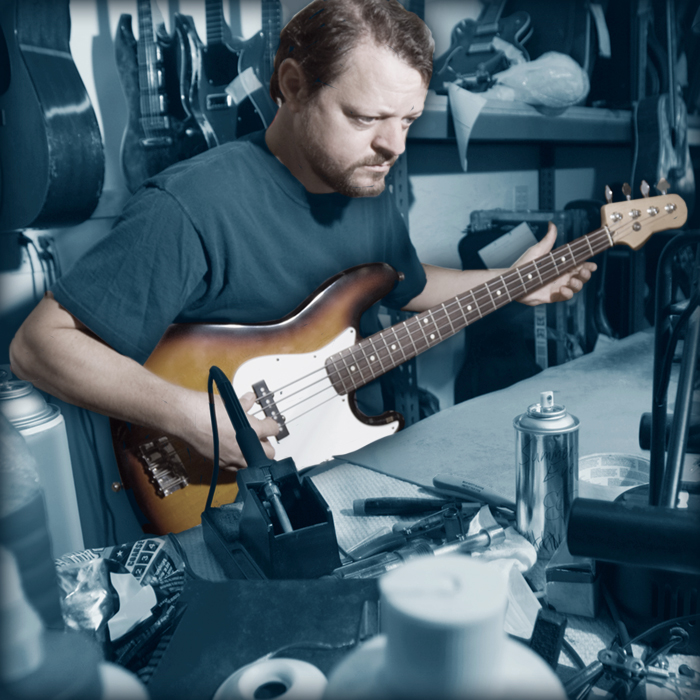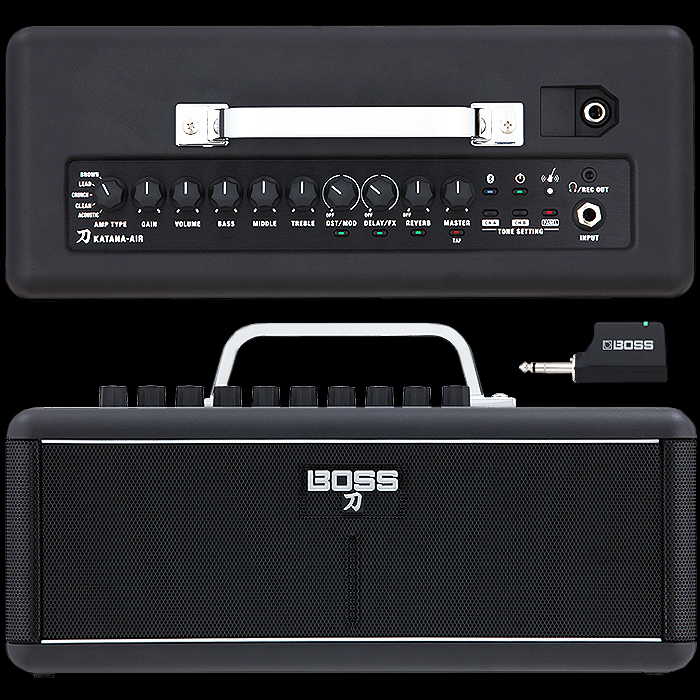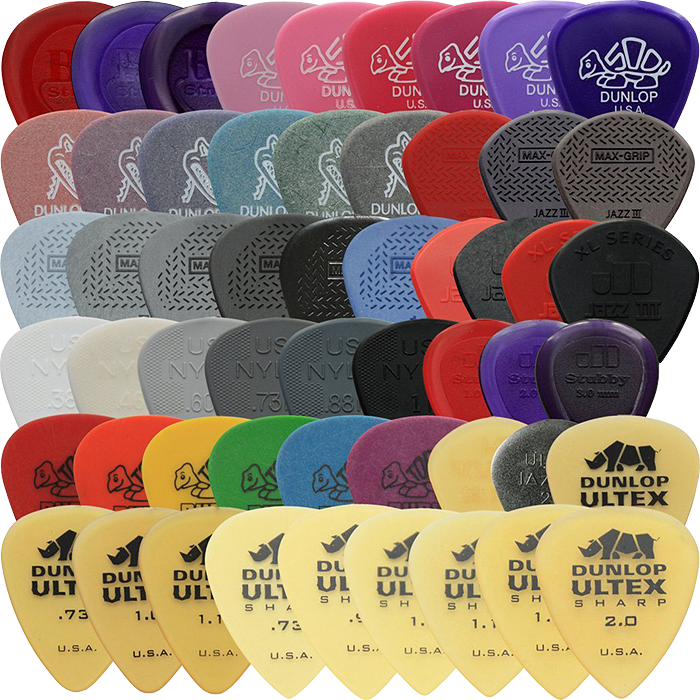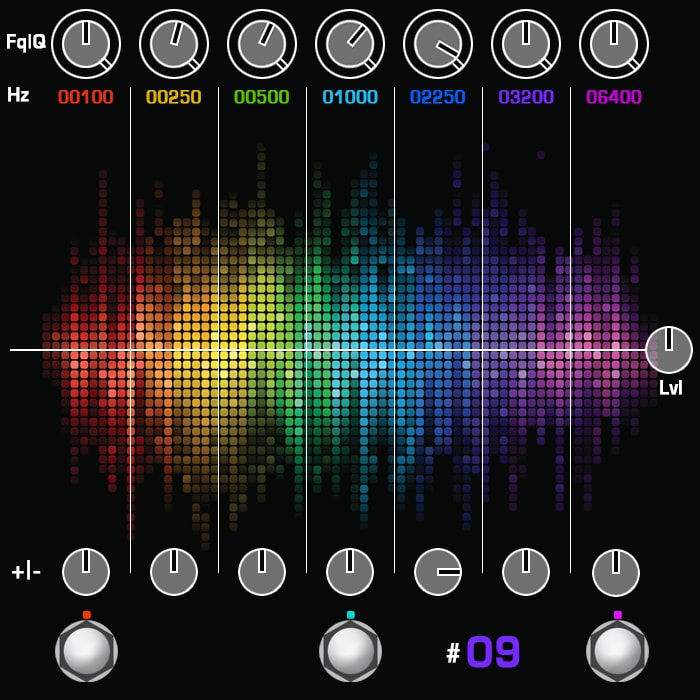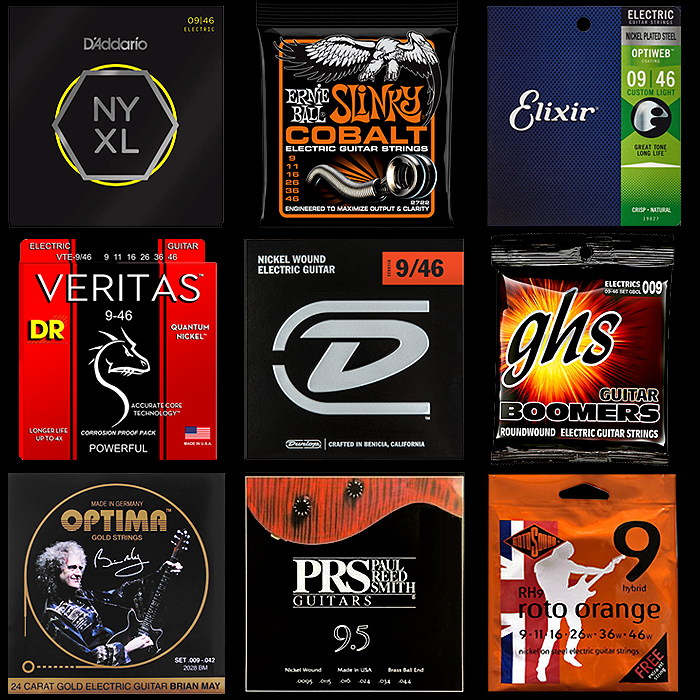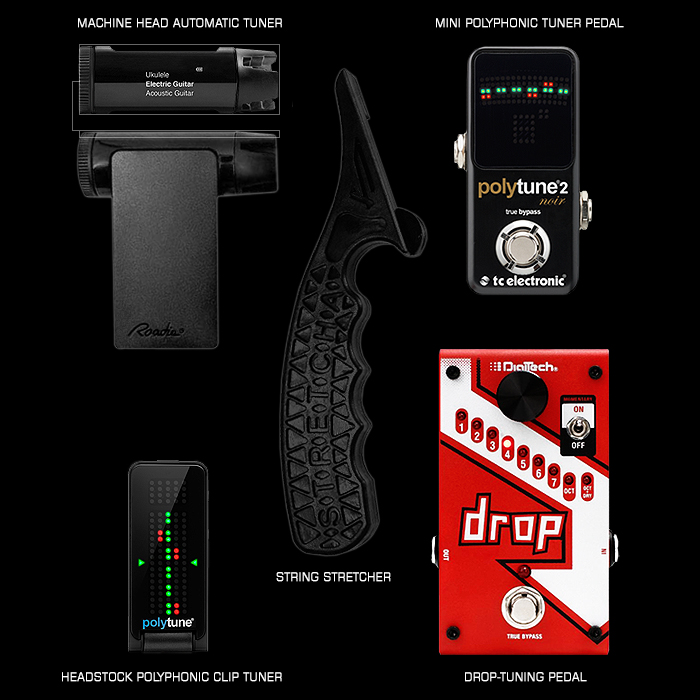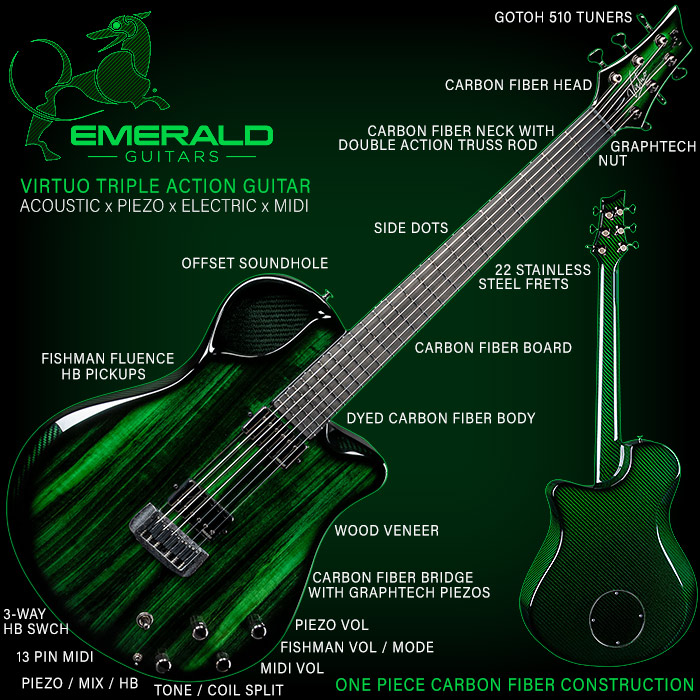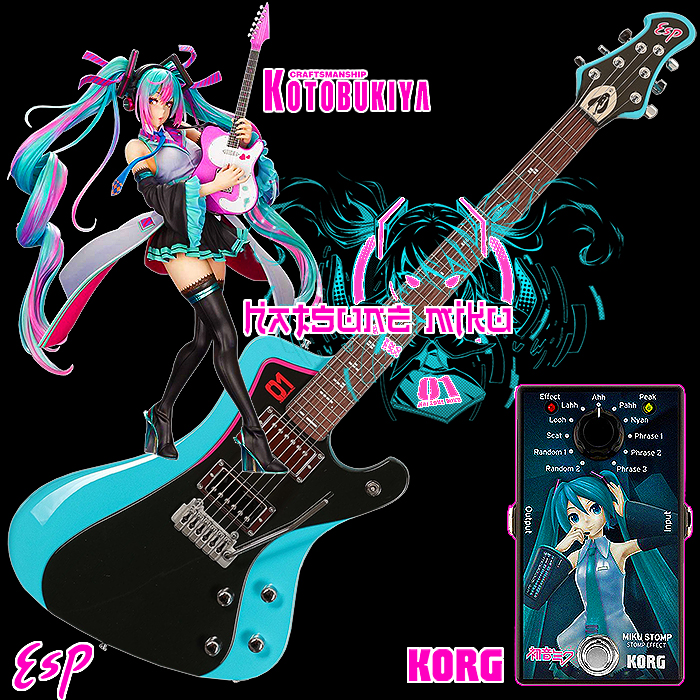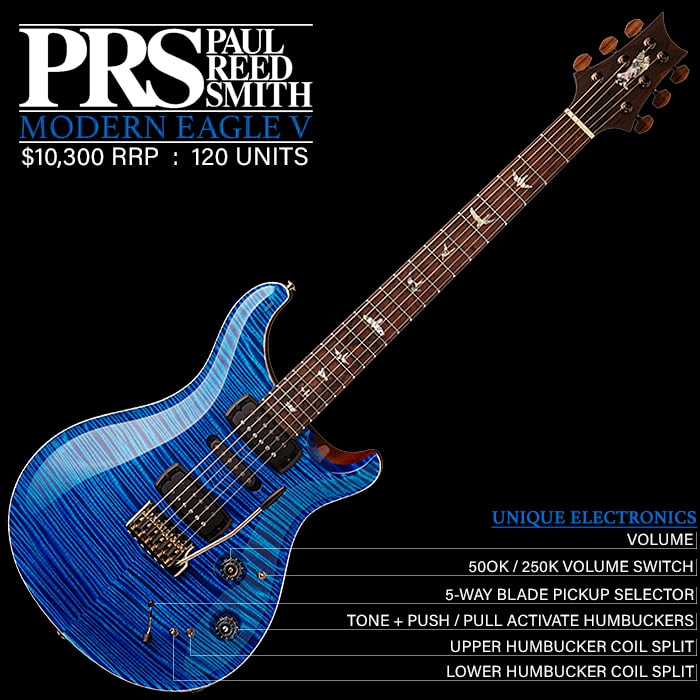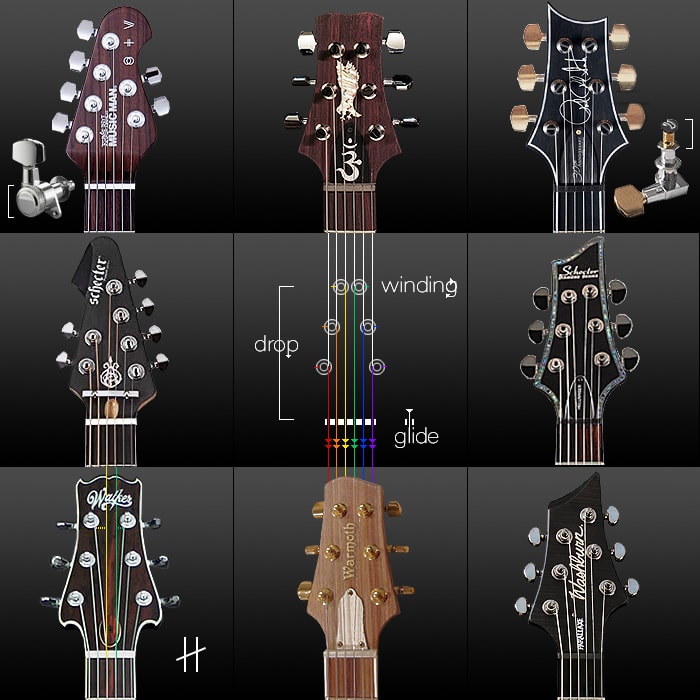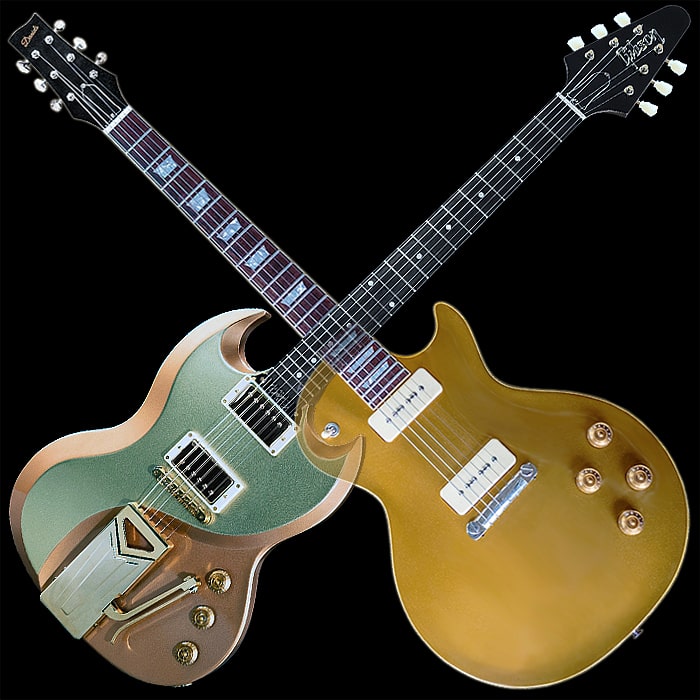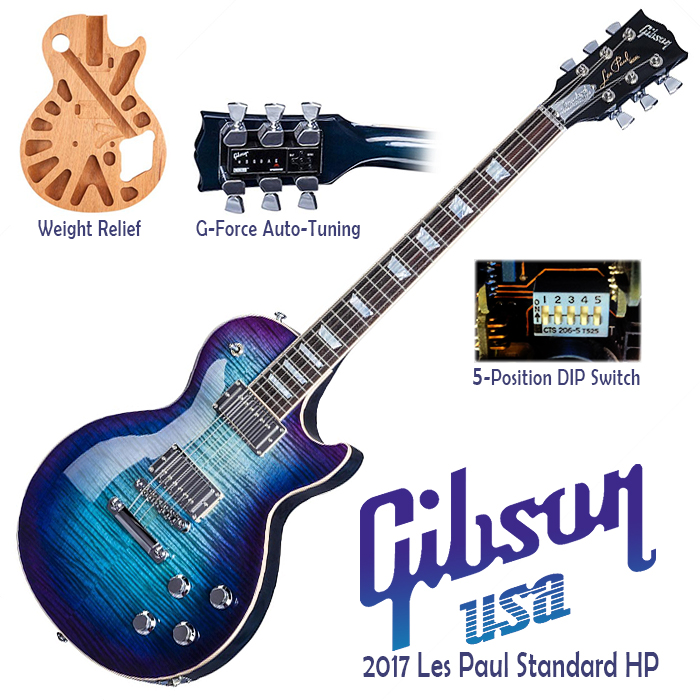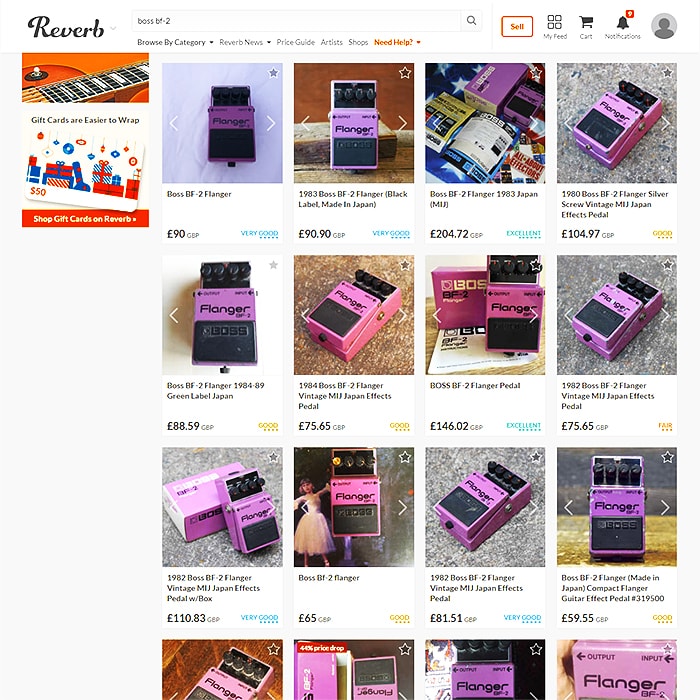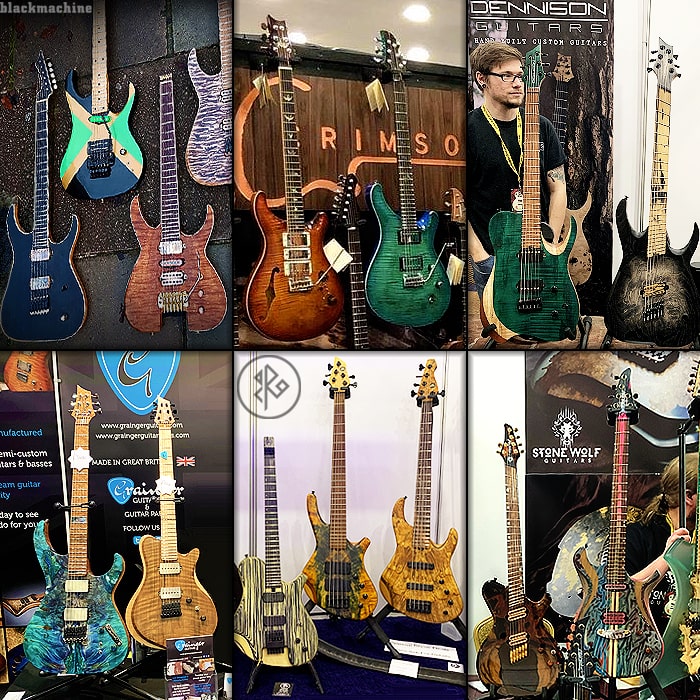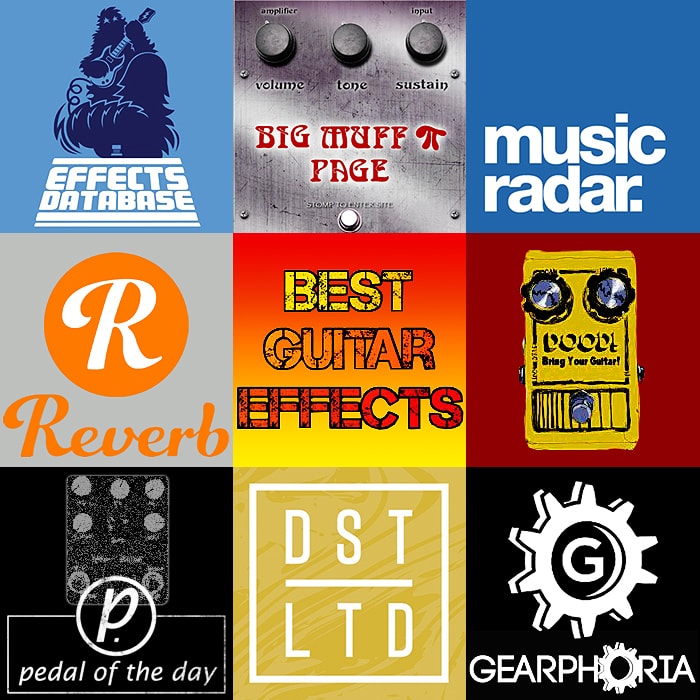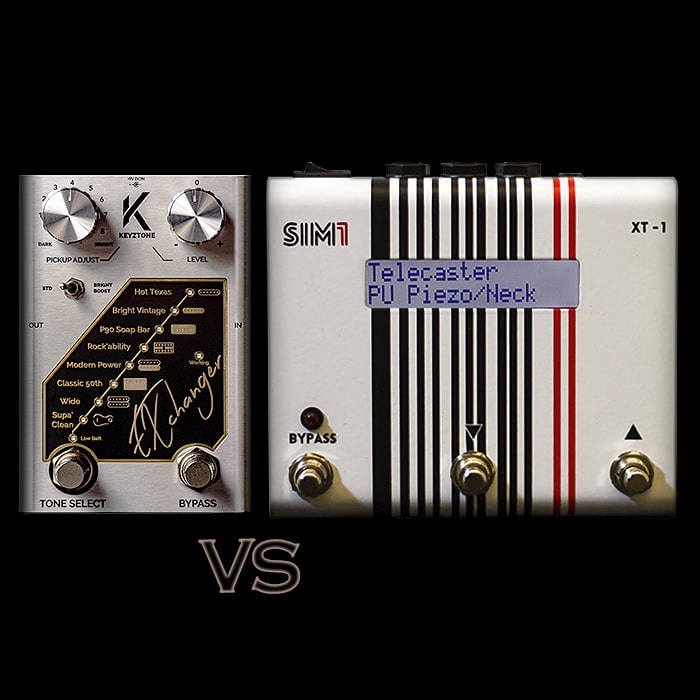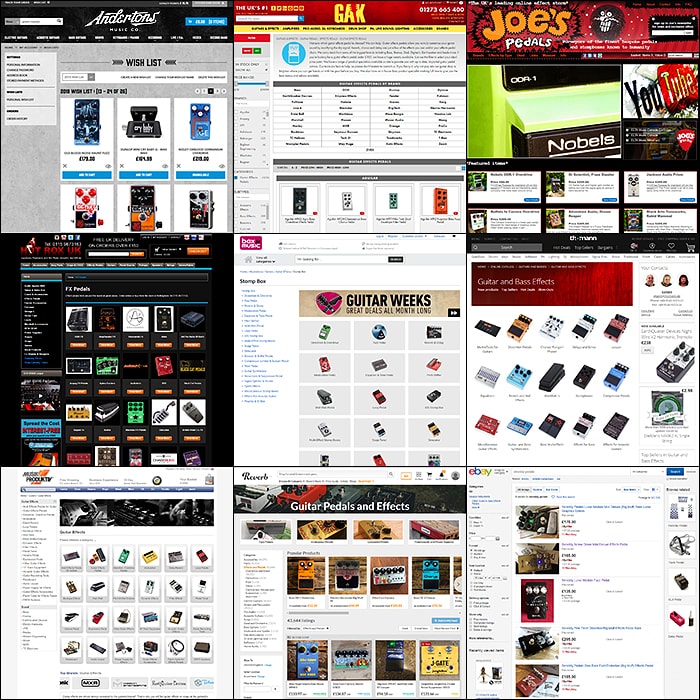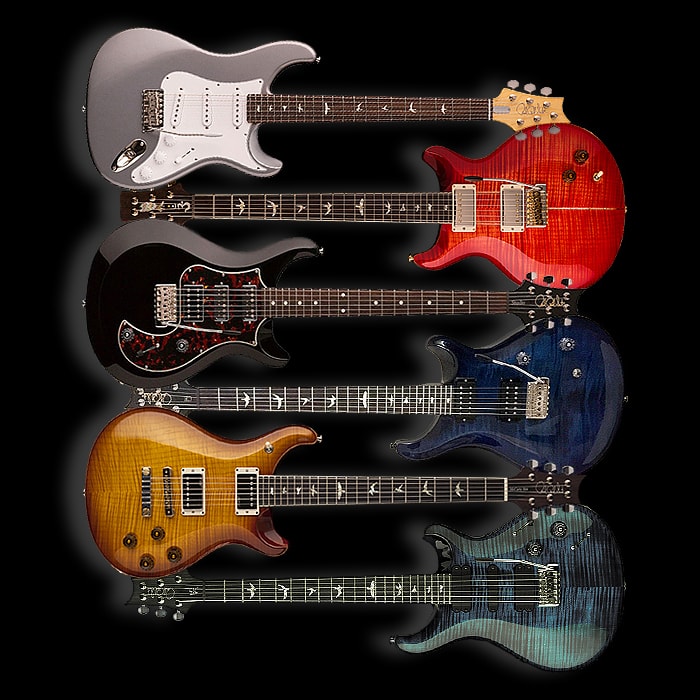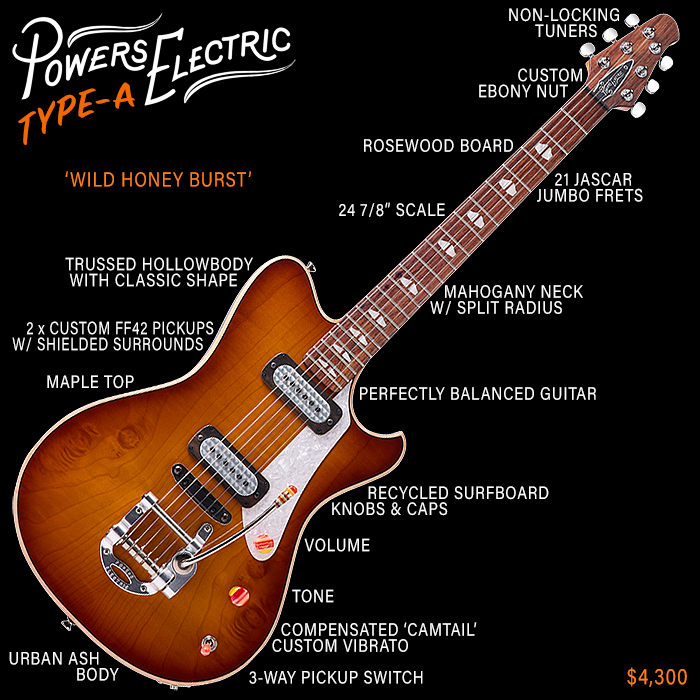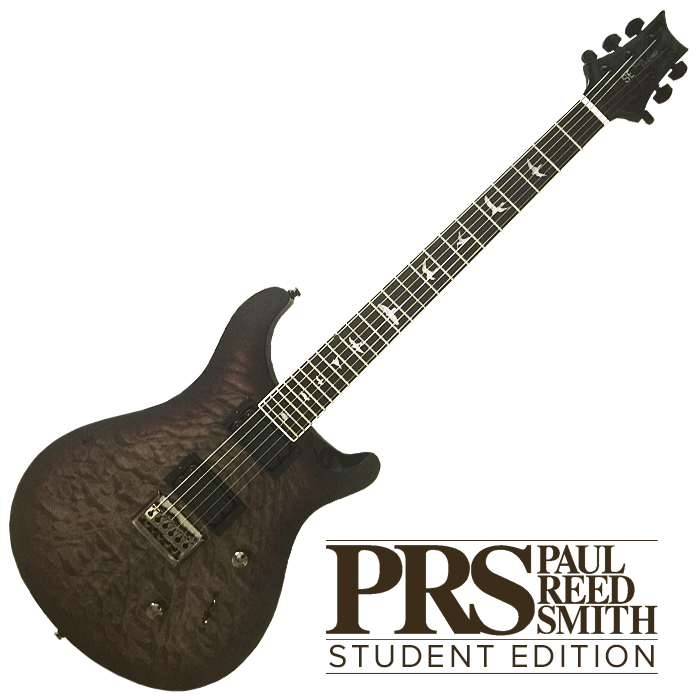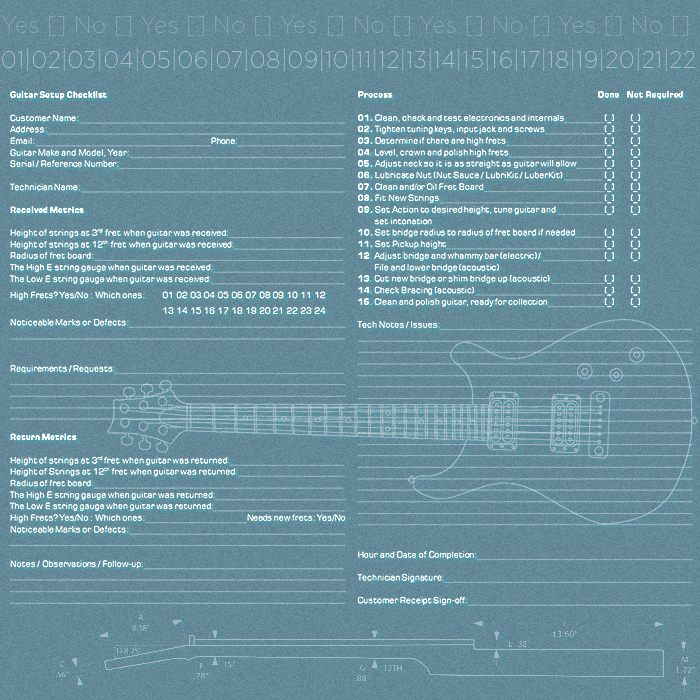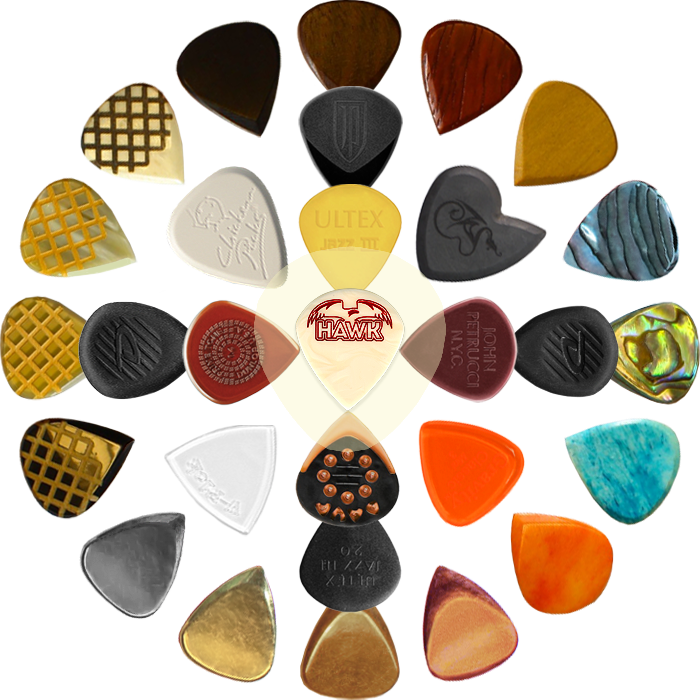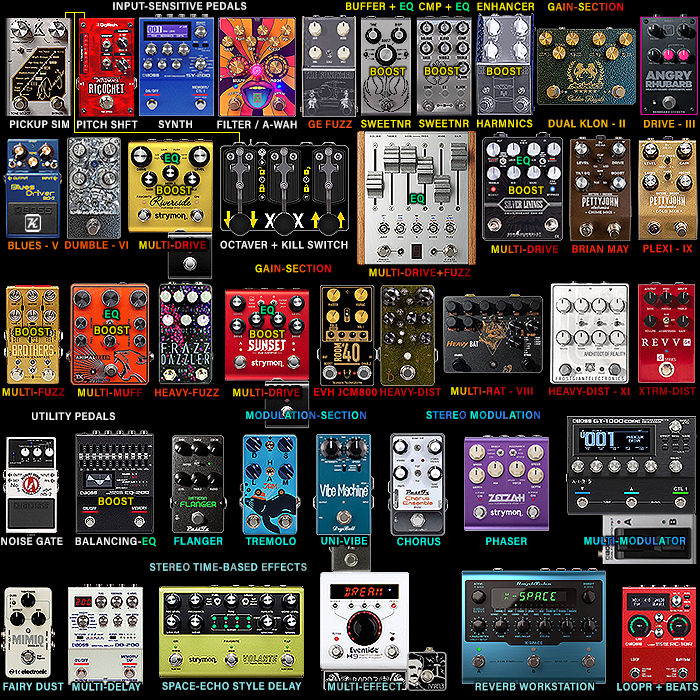Choosing and Buying a Guitar

If you follow my annual ’Future of Music Online’ blog, you may have read that for 2016 I was looking to get more actively involved in music above simply just consuming it in vast quantities. The plan was to go down the beat-making route - utilising Ableton Live and Push. To achieve this though, I needed to fully swap over to OSX, as currently all my mobile devices are Apple, but my PC and laptop run Windows, even though my desktop is actually an iMac (Bootcamp). Various things have happened throughout the year though - critically the deaths of two of my most significant musical heroes - Bowie and Prince, and I still haven’t got around to swapping out my computer hardware.
Instead I was inspired to take up the guitar again - thank you Prince! As a teenager of around 16 or so, I ventured into Denmark Street and bought a beautiful black modern electric guitar - an Ibanez Roadstar RG440. Back in those days (80’s), the practice amps were really atrocious - there were not yet a myriad of Chinese and Korean-made proper affordable decent quality amps - you either paid thousands for a Marshall or bought a hunk of junk mini amp which sounded awful. My Ibanez was beautifully made, very playable and with a super quick, silky smooth neck - yet no matter what I tried I could not get those slick tapping and legato styles to sound out.
I was encouraged by some guitar magazine or other that the solution to this was installing active pickups - EMGs - and I near enough ruined the guitar doing the DIY required to accommodate the electronics for those new pickups - after some damage to the bodywork and numerous hours of toil over a weekend, I had achieved a cleaner, clearer sound, but still could not get the legato and tapping to work. I realised much much later on that the fault was never with the guitar or its pickups, but with the very poor amp I was using. People getting into guitar nowadays have never had it so good!
Choosing the Right Guitar
As with everything, you should approach this task with an open mind - if you are indeed looking for an instrument that best suits your particular musical needs. If however, you are looking for an investment opportunity, then buy a custom Fender or Gibson like everybody else - they tend to hold and improve their value the best. Beyond Les Pauls, Telecasters and Stratocasters though there are a myriad of different guitar makes and styles, many of which are better made, better sounding and of course far more affordable than the usual suspects - although there are alternatives and options within those ranges too. The traditionalists tend to stick with very slight variations of the classic mainly 60’s inspired instruments mentioned - plus Gretsch, Rickenbacker and the like, modernists look to Chapman, Ibanez, Kiesel, Line6, PRS and Schecter, and futurists consider hybrid instruments like Godin LGXSA, Line6 Variax HD or Music Man Game Changer.
For most people the key thing is to go to a large music store, and try a few for size - there’s no beating some proper hands-on testing.
Here are some of the key criteria I apply (alphabetical):
- Aesthetics - How does it look? Is its overall shape, including headstock shape pleasing to the eye? Is it well-balanced or distinctive?
- Bridge - Bigsby / Hard-Tail / Tray / Tune-o-matic / Tremolo / Floyd-Rose, Fixed or Floating - a huge variety of options, you tend to get better tone with fixed bridges, but not as much versatility or fun as a tremolo
- Budget - Know what you can reasonably afford, don’t forget to factor in consideration for amp and accessories
- Build Quality - Fingertip test (run fingers over surfaces and seams), check for clearances, precision, smooth fret ends, no visible gaps, and sharp lines where parts, binding and woods meet, no bleed - quality of electronics and pots - overall material quality and finish - better materials and finish usually means more longevity, and better sound fidelity
- Feel - Depends in part on hand and finger size / length - the guitar neck is important - guage and radius, also string gauge, scale length, position of controls, position of output jack, how it hangs, and how it rests against your body
- Fretboard / Fingerboard - Most commonly Rosewood or Ebony, be wary of lighter grains like Maple - which show wear / fingerprints relatively quickly and all too easily - woods here are key to tone brightness, note fidelity and sustain
- Neck - Bolt-On, Set-Neck, Neck-Through - different constructions impact on sustain and resonance - as well as cost of instrument, wood choice is important - typically Maple or Mahogany - key choice between gloss, satin or oiled neck - significantly impacts playability - as does shape and thickness - c-shape / d-shape / v-shape (flat vs curved, fat vs thin, wide vs narrow, compound radius, scalloped etc.)
- Playability - Ease of fretting / making chord shapes, reach of upper registers and moving hand up and down scale, string action, quickness of laying down notes (shreddiness), ease of bending strings / usable surface area, position of knobs and switches
- Sound / Tone - Largely controlled by pickups installed, bridge and nut materials and overall construction, then neck and body woods. Paul Reed Smith has a theory about the subtractive influence of inferior materials (improperly dried wood for instance) - meaning the better the quality of materials used, the higher the fidelity of the sound/ sound reproduction. Sound vibration is impacted by material interference which can augment or disturb and detract from vibration / resonance / sustain. Even though there is not a wealth of science to support it, most luthiers have some belief in the merits of ’Tone Woods’
- Tuning Fidelity - All guitars should have Locking-Tuners / Locking-Machine-Heads, otherwise you spend far too much time tuning and re-tuning your instrument. Particularly important for harder styles of play, and when using tremolos, especially Floyd-Rose. Headstock shape and layout is actually key here with Music Man’s 4+2 and PRS’s tapered 3+3 arrangements being much better than say Gibson’s more squarer shapes. Gibsons have known tuning issues because of more acute angles of strings from tuning pegs through nut groove - the straighter the path of the string the better
- Versatility - While many are looking for an instrument that sounds just like a Telecaster or Les Paul or their favourite artist, others want an instrument with more dynamic range, capable of approximating both core classic sounds and much much more
- Weight - There are some very dense and heavy woods, which is why most larger guitars are chambered, hollow, or semi-hollow. Ibanez tends to favour light woods like Basswood and Korina, Fender uses typically Ash and Alder, and Gibson and PRS are in the main Mahogany and Maple, though all the guitar makers do mix it up a fair bit, and some introduce special editions of quite rare varieties
- Wood - We’ve touched on wood several times - Tone Wood advocates believe that Alder and Ash bodies with Maple fingerboard give you the brighter, chimey sound of Strats and Teles, while Mahogany supposedly gives you a richer, deeper tone - like a Les Paul
The Big Debate about Tone and Tone Woods
Measuring frequency responses in a lab seems to produce inconclusive evidence in support of Tone and Tone Woods. Paul Reed Smith does a great demonstration where he strikes solid woods to produce clear ringing tones. Music theory would give some credence to resonance, sustain and harmonic qualities of certain timbers, and matching up the like for musical effect. Advocates reference Stradivarius violins, which have amazing tone and projection that seems difficult or nigh on impossible to replicate by simply using same type of wood and same exact dimensions. Most Stradivarius’s have singularly stand-out and unique tones, and even then some are evidently better than others. Paul Reed Smith applies similar thinking to his own designs of guitars, always striving to produce the very best instruments at a consistently high level.
There are certain guitars very well known to be composed of certain materials though, and when trying to reproduce such a tone, the same woods are typically utilised, even though with modern electronic technology, you can pretty much synthesize and model anything digitally, and if tuned and profiled correctly, it can be absolutely indistinguishable to a human ear.
So instead of getting in a twist about certain woods and tone - remember that the pickup and amp have a lot to do with the sound produced - you can simply select woods for other practical reasons like weight, appearance and durability.
I tend to quantify guitar sound within the following 7 criteria
- Accent / Voice - The hue and articulation of the sound - a distinctive twang or distinguishing character - texture
- Clarity / Openness - How clean the note rings, and how clearly you can hear all the constituent parts of a chord
- Depth / Richness - vs Brightness at the opposite end - i.e. Gibson vs Fender sound
- Harmonics - How well the vibrations of the strings combine with the neck and body woods of the guitar to create unique combination sounds, placement and interaction with pickups can also accentuate these
- Presence / Projection - How well the sound rings out
- Resonance - The core vibration / reverberation of the sound - its central consistency
- Sustain - How long a note rings out
Country of Manufacture
By overall typical level of quality, it is generally accepted that the following hierarchy is the order of how well mass-market guitars are built:
- USA - Most of the well-known big brands - core and custom ranges (B.C. Rich, Charvel, Fender, Jackson, Gibson, Gretsch, Music Man, PRS, Rickenbacker, Schecter etc.)
- Korea - World Musical Instrument Co. (Entry / Midrange - B.C. Rich, Chapman, Dean, ESP LTD, Gretsch Electromatic, Line6, PRS SE, Schecter)
- Japan - ESP, Ibanez, Yamaha
- Mexico - Fender
- Indonesia - Cort (Entry / Midrange - Conklin, Elrick, EVH, Ibanez, Jackson, Squier); Samick (Entry / Midrange - Epiphone, Greg Bennett, Hohner, Silvertone, Squier, Washburn)
- China - Currently mostly very cheap and variable quality like the Thomann Harley Benton range, although some Epiphones too
Most manufacturers offer a number of different ranges at different price points - Custom - meaning you can essentially design and choose all components, style and finish, Professional - high quality instruments with various options, and finally Entry-level or Student Editions which are low cost, and usually with few options beyond a couple of different colours. The less you pay, the cheaper the materials, and the shoddier the build and finish, however it is not a smooth ratio when you go back up the scale - you can for instance get some amazing instruments at around the £700 - £800 mark, which are near enough the quality of guitars twice or three times the price. When you are up into the thousands, it is much like fashion label shopping - in terms of diminishing returns for value, as there is often very little discernible difference in quality and finish for an instrument at £4,000 - £5,000 to one at £10,000+. Much like in art, you pay what you think it’s worth, but one of equivalent quality can often be procured for a lot less.
Custom vs Custom Shop vs Core vs Ranges
Over the years the distinction between Custom and Custom Shop has become very blurred. Originally, the meaning was the same as the English word ’bespoke’ - i.e. specified and built to order. Nowadays though there are off-the-peg Custom Shop instruments, which are obviously not bespoke, but have some custom components or configuration versus the normal core range.
A company like PRS has a highly complex number of ranges - going from Korean-made PRS SE £349 - £899 (Student Edition) at the entry level, then the S2 range £799 - £1,500 - largely USA-made but with some Korean-made components, then the re-introduced CE £1,729+ (USA-made apart from Korean bridge), then the All-American Core range £2,600 - £6,000 - Custom 22/24, 245, 408. 513, McCarty, etc., then Artist Package £6,000+, and finally Private Stock - Super Eagle etc £10,000+
Most companies have typically 3 ranges - Entry Level (Made in Korea, Indonesia or China), Professional Level - largely native country-made (USA) but possibly with some outsourced components or limited options, and then fully Custom Guitars at the upper level - where the Sky’s the limit.
There can be a significant variance in price and quality, but not always. Fender for instance has Squier as its entry-level brand, same as Epiphone for Gibson. But Fenders are also made in Mexico, and some of these are of equivalent or better quality than some of the American-made ones. Companies often try to limit the blurring of lines by specifying cheaper outsourced components for lower ranges and limiting distribution of certain parts, some outsourced parts may have built-in material and sonic disadvantages, but sometimes they are successfully engineered (despite all obstacles) to sound just as good as the more expensive higher-spec’d versions.
Why I Chose a Paul Reed Smith CE 24 (Classic Electric)
At the start of the process I had kind of set my mind on another Japanese-made Ibanez, they are fast and fluid, well built, versatile and sound great - i.e. fulfil all of my above mentioned criteria. One of the guitar gurus I follow online - a certain Paul Glover had fairly recently acquired an Ibanez RG Prestige Series RG652AHM (with DiMarzio pickups) which looked and sounded fantastic to me.
As is my way, I started looking into matters more deeply, and started following numerous guitar blogs, and particularly YouTube guitar Channels - Rob Chapman, Philip McKnight, Rabea Massaad, Andertons, The Tone King, PixxyLixx etc. Near enough all of these own and rate PRS guitars, and pretty much all say that they are generally the best built and among the most playable. I somehow came across guitars with bird inlays on the fingerboard, and followed the trail back to Paul Reed Smith and through hundreds of videos.
Paul is a sort of Steve Jobs of the guitar world, and like Apple at times, there is a criticism about the high price of some of the instruments - you can of course always buy cheaper. Yet, as I’ve stated above - Paul Reed’s PRS SE range starts at just £349, which is certainly affordable to most.
There’s a lot of debate about whether PRS guitars have a sufficiently distinctive tone of voice vs say Les Pauls and Strats, when there are in fact several different tones, and none more well known than the buttery smooth sound of Carlos Santana - a tiny bit warbly with almost infinite sustain - that is all PRS. Latterly, all manner of players from across the genres have signed up as featured artists, and PRS pretty much has a guitar for every occasion and every taste. They are also no longer so precious about fitting third party pickups to their guitars - as a number of their own artists have exclusive deals with the likes of Seymour Duncan, DiMarzio etc. Most PRS guitars come with multiple tone options - courtesy of a pull-out tone knob which creates single-coil sounds from humbuckers by way of coil-tapping (rather than coil splitting) - the former gives a guitar versatility without the drop in volume which normally accompanies coil-splitting. Anyway, there are 20+ different PRS pickups sounding from as growly and vintage as you like, to bright and snappy, and smooth and buttery as we already mentioned. It is widely agreed that the best sounding PRS pickups en masse are the Mira ones.
I loved the look and sound of the latest Custom 24 guitars, but they are really quite expensive at around typically £3,000+, and have gloss lacquered necks - a complete no no for me. So as luck would have it, the CE 24 - just reintroduced for 2016, gives you Custom 24 performance in a more affordable package (£1,729), and with a smooth satin neck too, as well as it being the more cost-effective bolt-on type (vs the Custom’s Set-neck). There are three further concessions - the carve of the top is slightly more shallow, the top thinner, yet the guitar materials are the same - mahogany body with maple top, and maple neck with rosewood fretboard, the tuners are locking tuners, but the older Phase 2 version (vs newer Phase 3 open-backed version), and finally and most significantly, the tremolo bridge is a Korean-made copy of the Custom one, made with cheaper / lower spec metals.
The CE range had 7 or so core colours at launch, if I recall correctly, more specials have been added since, including a couple of smokeburst variations like my own (Whale Blue Smokeburst). The smokeburst differs from the other CE’s by having a fade to black at the edges, along with black satin finish to the neck and headstock. At the time of purchase, mine was the only one in Europe - it’s nice to be unique to a degree.
I kind of did what I would not typically recommend and bought the guitar online via Andertons - it’s usually far better to check the instrument out in person, but I was worried that this particular one might be gone if I did not snap it up fairly quickly. The figuring on the Maple top is great, and has an almost mirrored pattern for the two halves - another reason why I wanted this particular guitar.
I made four changes to the instrument, which is pictured in its updated form at the top of the article:
- Switched out Korean bridge for official USA-made PRS one (£275) - courtesy of PRS Accessories website
- Swapped out Cream Pickup Rings for Black ones - again from PRS Accessories
- Swapped switch tip to black - PRS Accessories
- Swapped out strap buttons for black Schaller Strap Lock ones - courtesy of Amazon
Note - Pickup Rings and Switch Tip were updated to black to match black tip of upgraded Tremolo arm
The guitar already sounded great when I first got it, but there is now a noticeable improvement in the clarity of tone following the switching of the bridges. Each of the 6 selector tones of the guitar sound great and quite distinct from each other. The guitar looks and plays like a dream. To get a similar configuration of Custom PRS guitar, I would have to upgrade to the Artist Package - which is 3 or 4 times what I paid for mine all-in. The new bridge was pricey, but it seems to have improved the timbre of the guitar’s tone, and extended its already great sustain and resonance.
The full specs including alterations and additions are as follows:
- Model: CE 24 (Classic Electric)
- Manufacture: Stevensville, Maryland, USA
- Date of Manufacture: March 2016
- Colour / Finish: Whale Blue Smokeburst Gloss Polyester + Acrylic Urethane Top, Black Gloss Poly/Urethane Back, Black Satin Nitrocellulose Neck and Headstock
- Top Wood: Figured Maple
- Back / Body Wood: Mahogany
- Number of Frets: 24
- Scale Length: 25" (midway between Fender and Gibson)
- Neck Wood: Maple
- Fretboard Wood: East Indian Rosewood
- Fretboard Inlays: Birds
- Neck Shape: Pattern Thin
- Bridge: USA PRS Tremolo* (Upgrade)
- Tuners: PRS Phase II Locking Tuners
- Hardware Type: Nickel
- Treble Pickup: USA PRS 85/15 Treble (same as on Custom)
- Bass Pickup: USA PRS 85/15 Bass (same as on Custom)
- Controls: Volume and Push/Pull Tone Control with 3-Way Toggle
- Strings: PRS 10-46
- Pickup Rings: PRS Black* (Aesthetic change)
- Switch Tip: PRS Black* (Aesthetic change)
- Strap Buttons: Black Schaller Strap Lock type* (Upgrade)
I have my eye on another PRS at the moment, the Mark Holcomb Signature SE (Korea-made), which comes with satin neck, ebony fingerboard, and Mark’s signature Seymour Duncan pickups (Alpha & Omega) - all for £799 (pickups alone cost £300). The only update required for this instrument is a swap of the tuners to Schaller M6 Locking ones, and of course strap lock buttons too - otherwise it’s good to go. Would be nice if PRS made SE-compatible locking tuners - there is certainly a market for them...
I will do follow-up posts in the near future about what other kit I assembled around my awesome guitar - amp, accessories, tools, resources, inspirations etc.







